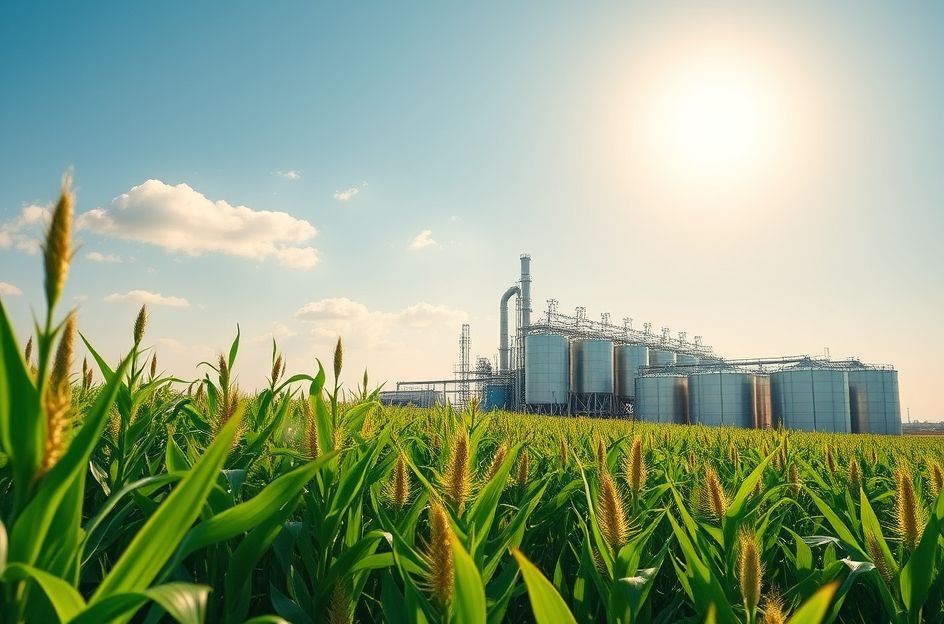Ethanol is gaining traction as a sustainable fuel alternative. Consumers are increasingly drawn to its potential environmental benefits, even considering it a more ecologically sound choice than traditional biofuels in some aspects due to simpler production methods.
Ethanol: What Is It?
Ethanol is a type of alcohol derived from the natural sugars found in plant matter like corn, wheat, barley, potatoes, and sugarcane. These crops are processed to create a renewable fuel or fuel additive that is both cost-effective and environmentally friendly. Many vehicles can operate on blends of ethanol and gasoline, although current mixtures typically contain only around 10% ethanol.
The Benefits of Ethanol
Switching to alternative fuels such as ethanol offers numerous advantages. Primarily, ethanol is a renewable resource, unlike finite fossil fuels. This renewability has driven increased awareness and adoption of alternative fuels and additives. Furthermore, ethanol helps reduce pollution, a crucial step in protecting our planet. By decreasing our reliance on fossil fuels, we can significantly minimize harmful emissions. Lastly, ethanol production can be more cost-effective than gasoline, with processing representing the bulk of the expense.
How Ethanol Is Produced
The production of ethanol involves a series of key steps, primarily using corn as the base material:
1. Milling: The corn is ground into a fine powder or meal.
2. Liquefaction: The meal is mixed with water and alpha-amylase, then heated to between 120 and 150 degrees Celsius to reduce bacteria.
3. Saccharification: The mash is cooled, and glucoamylase is added to convert the starch into dextrose.
4. Fermentation: Yeast is introduced to ferment the sugars, converting them into ethanol. This process occurs over approximately 48 hours as the mash moves through several tanks.
5. Distillation: The mash, now containing about 10% alcohol, undergoes distillation to separate the alcohol from the remaining solids, increasing the alcohol concentration to around 96%.
6. Dehydration: The remaining water is removed to achieve nearly pure (200 proof) alcohol.
7. Denaturing: A small amount of gasoline (2-5%) is added to render the alcohol unfit for human consumption.
The ethanol production process also yields valuable co-products. The non-fermentable solids are used as livestock feed, while the carbon dioxide released during fermentation is collected and sold to other industries.
Ultimately, the advantages of ethanol, especially its renewability and reduced environmental impact, make it a compelling alternative to traditional fossil fuels. By embracing ethanol, we can move towards a more sustainable energy future.
